For the Fall/Winter 2025-2026 Haute Couture collections, Iris Van Herpen, as usual, presented a line that was both futuristic and experimental. One dress in particular caused a sensation…
Iris Van Herpen takes experimentation to the next level
I got to know her dresses inspired by the human skeleton (Skeleton in 2011), electricity and nerve circuits (Voltage in 2013), magnetic field (Magnetic Motion in 2014) or even real and digital (Between the lines in 2017). Often made using 3D printing and in collaboration with specialists in their field, these parts are as aerial as they are rigid. At once technical, organic and poetic, they are designed with an almost scientific approach to fashion. Visionary and experimental, while being attached to haute couture know-how, the Dutch designer who worked for Alexander McQueen has earned a solid reputation with her vivid works of art.
View this post on Instagram
When you think of this rather unique style in the highly coherent world of Haute Couture, Iris Van Herpen’s latest collection seems to be the icing on the cake of innovation. Entitled “Sympoiesis”, this line, presented during the Autumn/Winter 2025-2026 Haute Couture Fashion Week, captures the beauty of marine life. And one play especially caught the attention of the public.
125 million algae in a living dress
In partnership with Chris Bellamy, who runs a biodesign studio that explores living materials, the house created a dress from 125 million bioluminescent algae, called Pyrocystis lunula. These algae are contained in a translucent shell, placed on a second mesh.
View this post on Instagram
“The vivid appearance was cultivated in seawater baths for several months in a special nutrient gel. […] The Pyrocystis Lunula algae have been molded into a protective membrane and then carefully cared for in conditions that mimic their natural marine home, with humidity, temperature and circadian rhythm, all in tune with their precise needs,” the brand explains on Instagram. The result is a silhouette that glows in the dark as soon as the model moves. “Caring for the coat and the 125 million Pyrocystis Lunula it contains requires a symbiotic relationship and completely redefines design traditions, as the coat is grown, not constructed.”


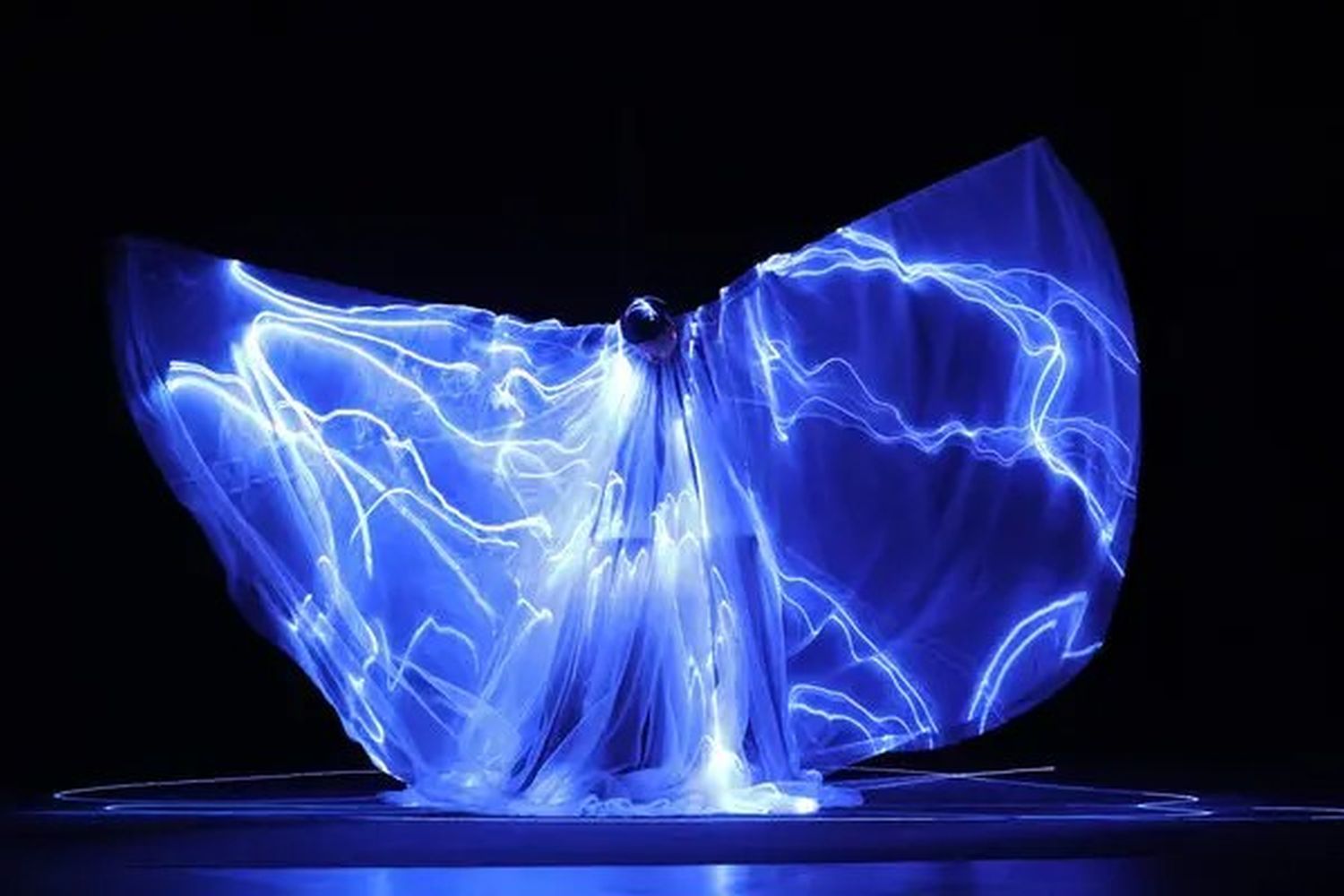
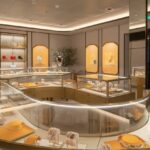
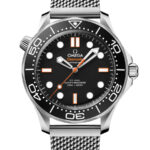






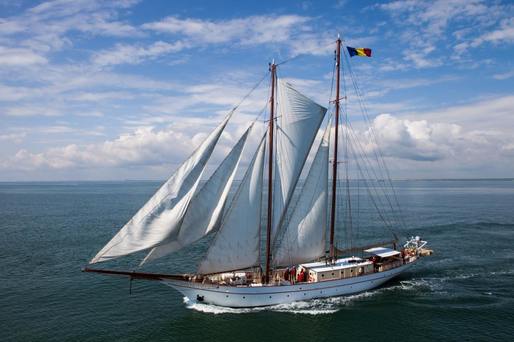
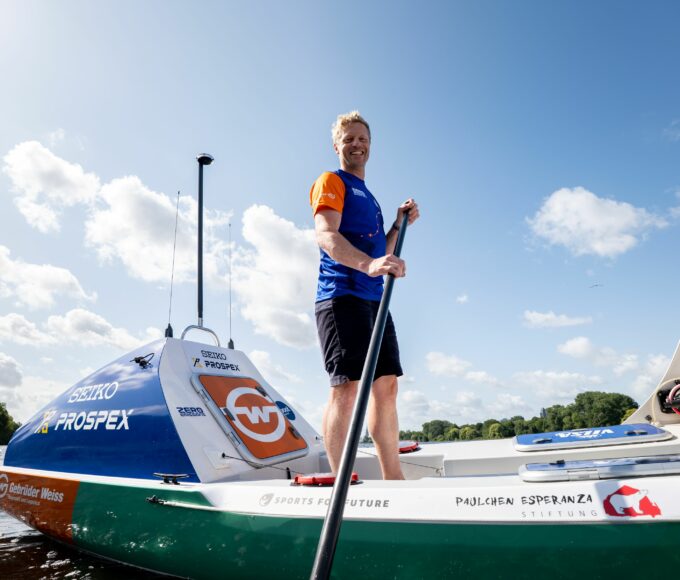
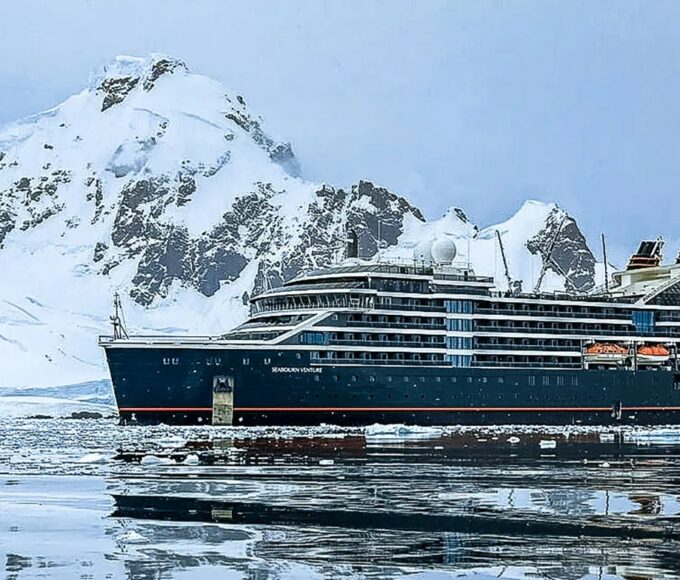

Comentați?